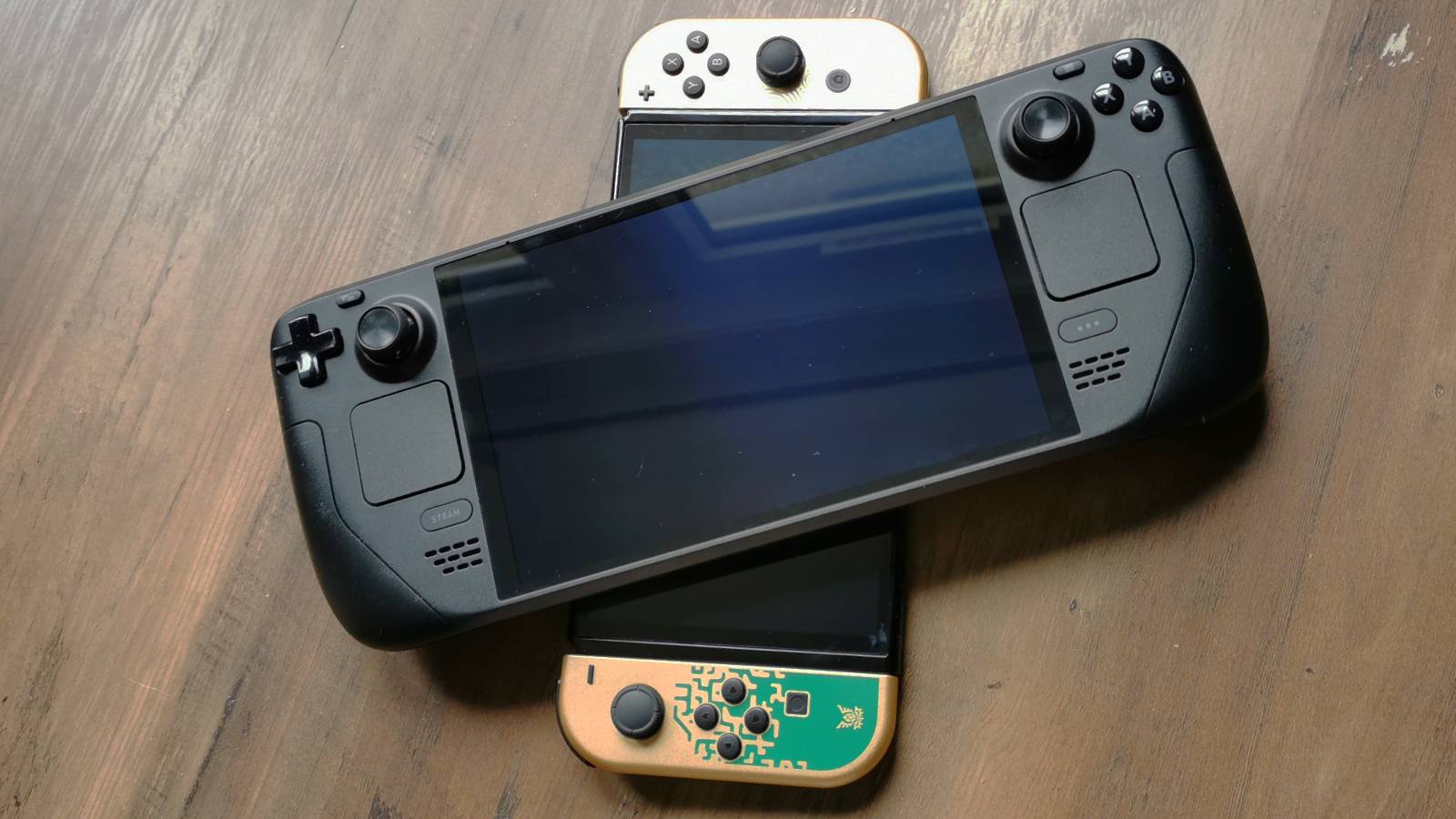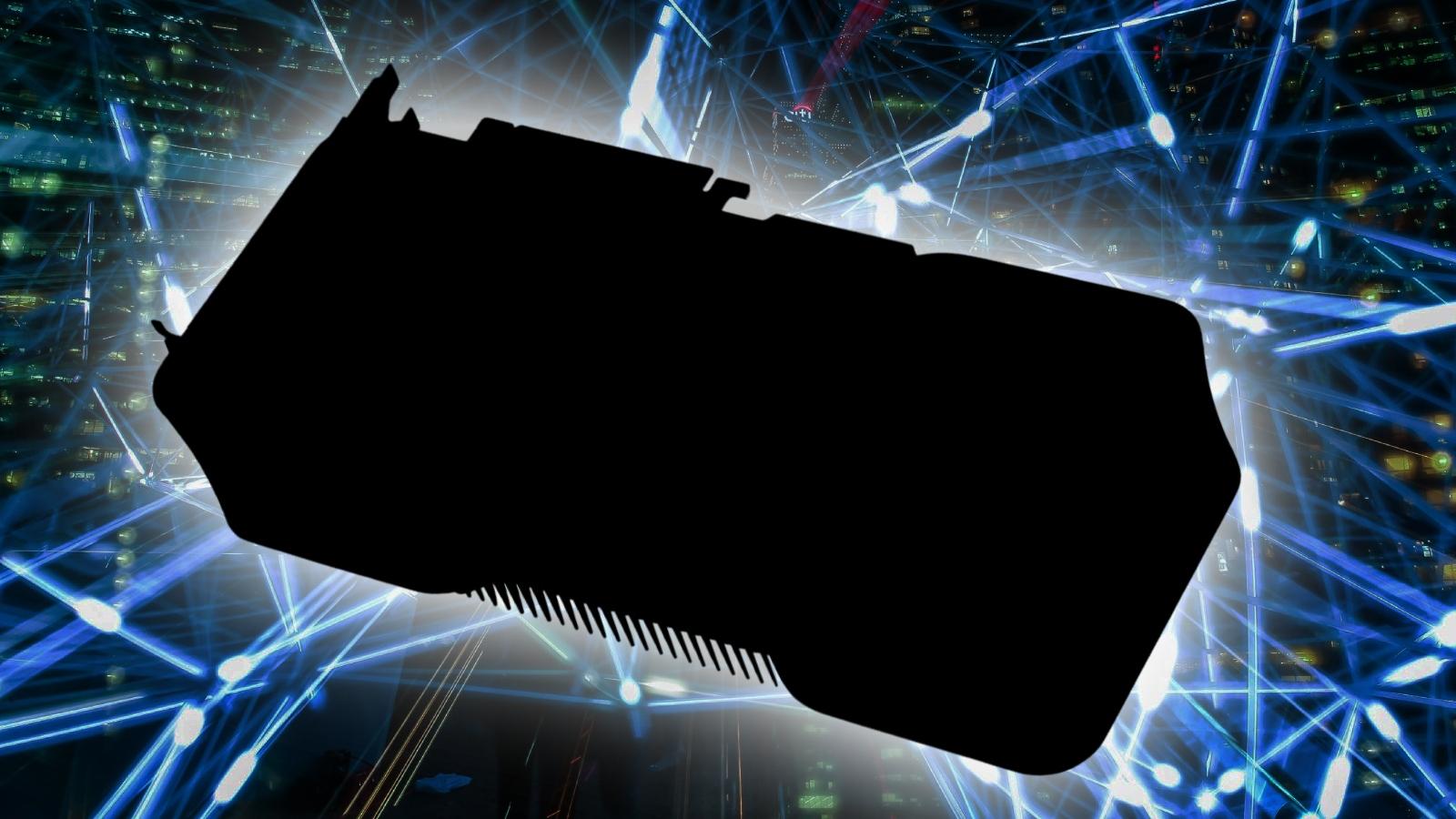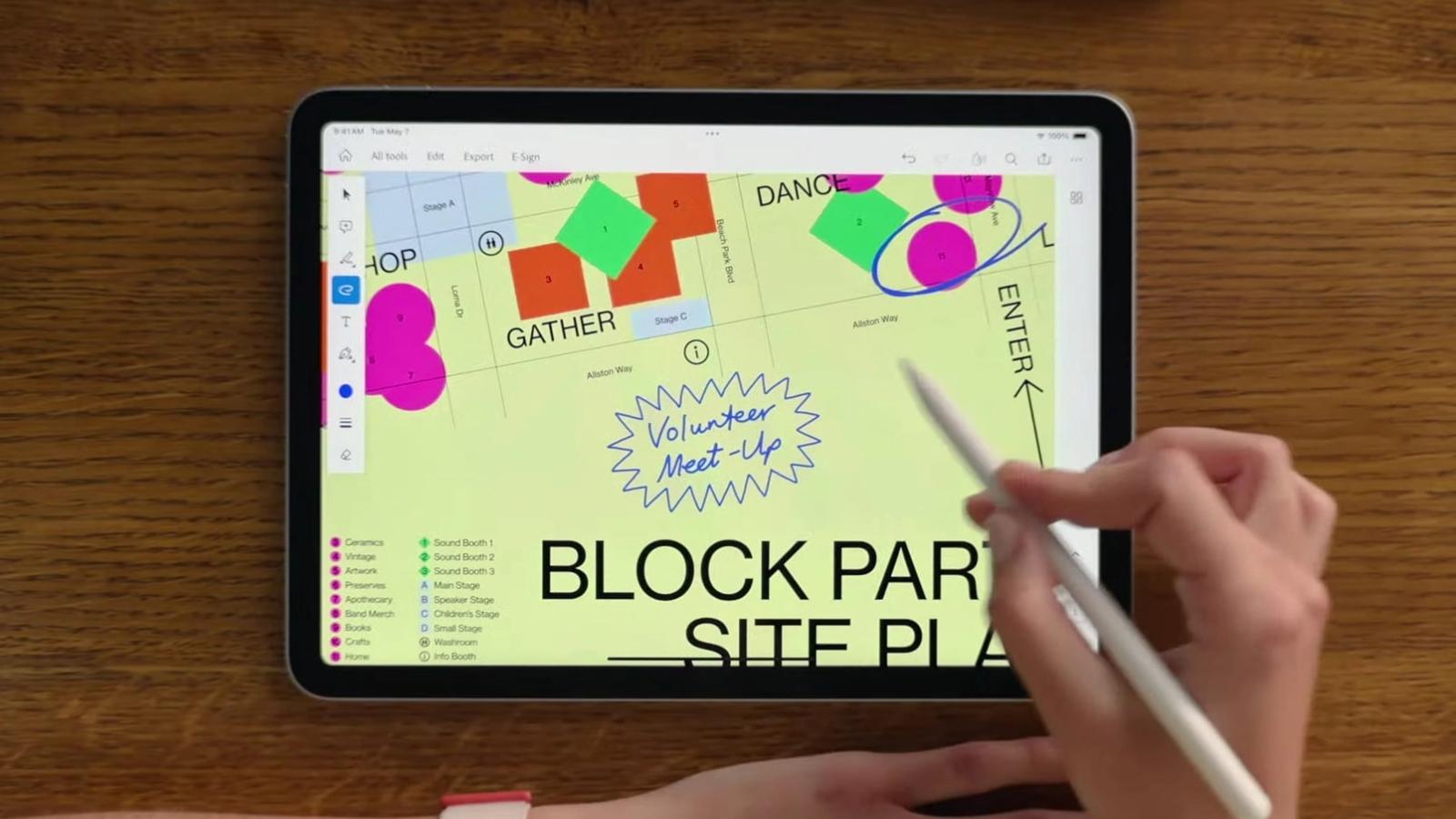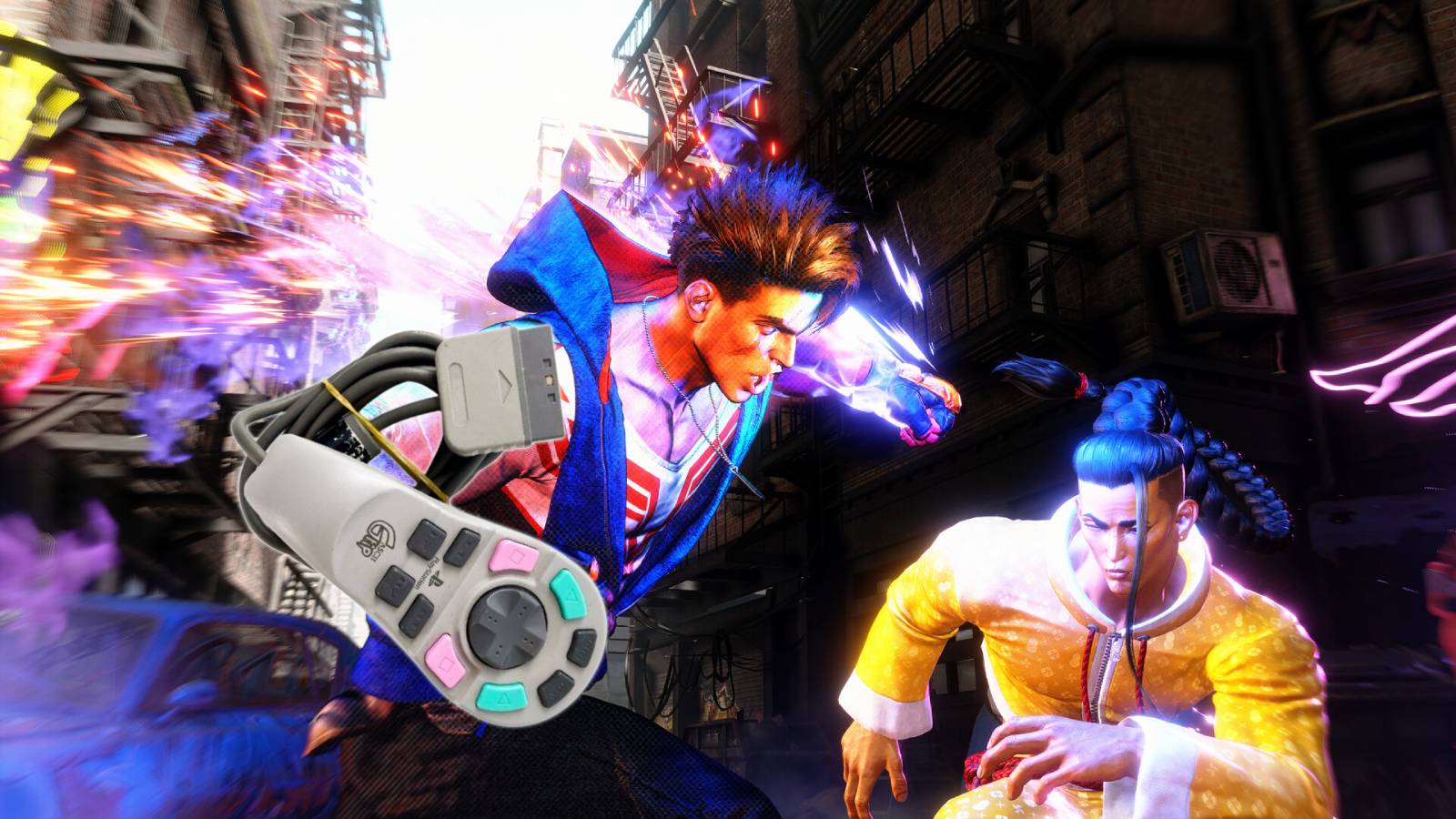Why it’s time to stop expecting 60 FPS from current-gen consoles
 Capcom / Sony
Capcom / SonyCurrent-gen consoles are entering their fourth year on the market, and with upgraded versions looming, it’s about time we talked about framerates and AAA blockbusters.
The PlayStation 5 and Xbox Series lineup enter their fourth year on the market in 2024. It feels like only yesterday that we saw the PS5’s design revealed, alongside promises that performance is only going to get better across the board with upgraded visual fidelity, and rapid SSD tech.
But, due to numerous factors, one being a chip shortage, this console’s lifecycle has enjoyed a longer cross-generation period than before. Flagship titles like God of War: Ragnarok released for both PS5 and PS4 back in 2022.
But, this year, we’re seeing more current-gen-only releases, titles that push the consoles to their limits, and some developers are choosing to give players the option to pick performance over graphics.
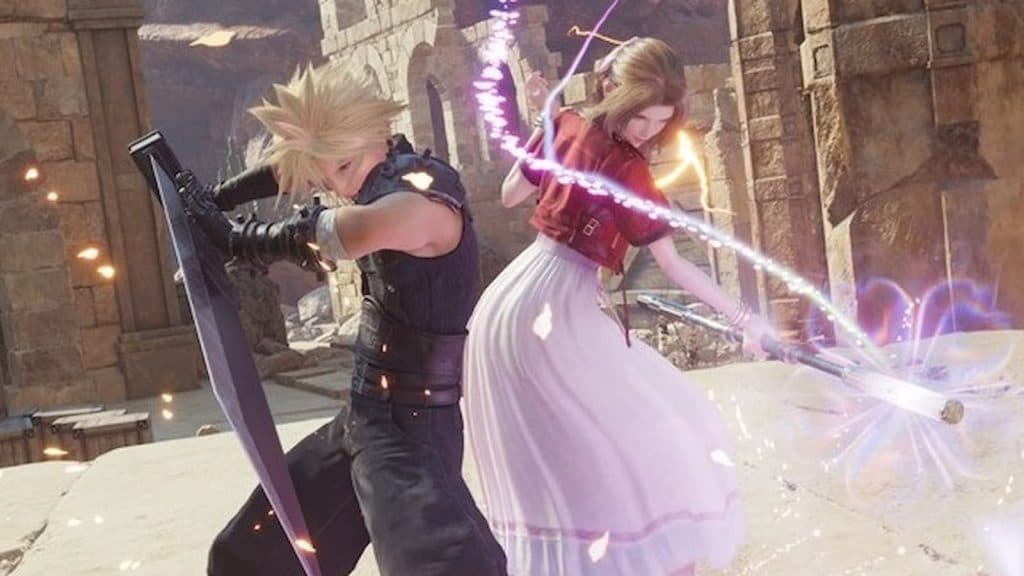 Square Enix
Square EnixThis is often seen in configurable menus which can offer ray tracing tech, or the option to play the game at a higher framerate, often at the cost of internal resolution. To clarify, we’re not talking about esports-focused titles here, which should come with a targeted 60 FPS at a minimum, but more cinematic, AAA titles.
So, what if a title ships without performance options out of the box, and won’t hit 60 FPS, no matter what you do? It’s not entirely unheard of, if you look toward a precedent set by previous-gen games, then targeting 30 FPS or lower is commonplace in the AAA arena. Naughty Dog’s The Last of Us ran at under 30 FPS on the PlayStation 3, and was a game that famously pushed Sony’s older hardware to its limits. It was released seven years into the PS3’s lifecycle.
Fast forward to 2024, and this trend is happening again. Dragon’s Dogma 2 is targeting 30 FPS, with an uncapped framerate at 4K on PlayStation 5, according to the latest previews. One IGN video highlighted that the framerate can even occasionally dip under 30 FPS.
It’s currently unclear if the title can eke more frames out if forced into rendering at lower resolutions, but it sets a worrying portent for console owners: If you want to play the latest, cutting-edge games at the highest resolutions, you’ll have to grit your teeth and bear with playing at 30 FPS, or even below, in worst-case scenarios.
Aging tech & high performance targets
 Dexerto
Dexerto The current crop of gaming consoles is getting older, and most notably, their chips are starting to become comparatively sluggish in comparison to what we’re seeing in the PC arena. That’s not to say the PS5 and Xbox Series X are not powerful, they’re just not as well equipped to deal with increasing performance demands from modern games.
Targeting 4K resolutions is a big performance sink, and while consoles deal with this through a checkerboarding solution, it’s still a big target to hit. Paired with the fact that the consoles are getting older, and we’re seeing breakthroughs on the PC side when it comes to performance, it’s no wonder that consoles are starting to look pretty lacking by comparison.
AMD’s latest stacked chipset (or 3D) designs massively improve gaming performance thanks to higher, and faster cache, and Intel’s single-core clocks are getting eye-wateringly quick. When paired with the latest RDNA 3 or RTX 40 series graphics cards, framerates for titles like Cyberpunk 2077 aren’t only reaching 60 FPS with all the ray-traced bells and whistles turned on, but skyrocketing to 100 FPS and above, thanks to new AI frame-generation tools.
Targeting lower resolutions isn’t a catch-all solution
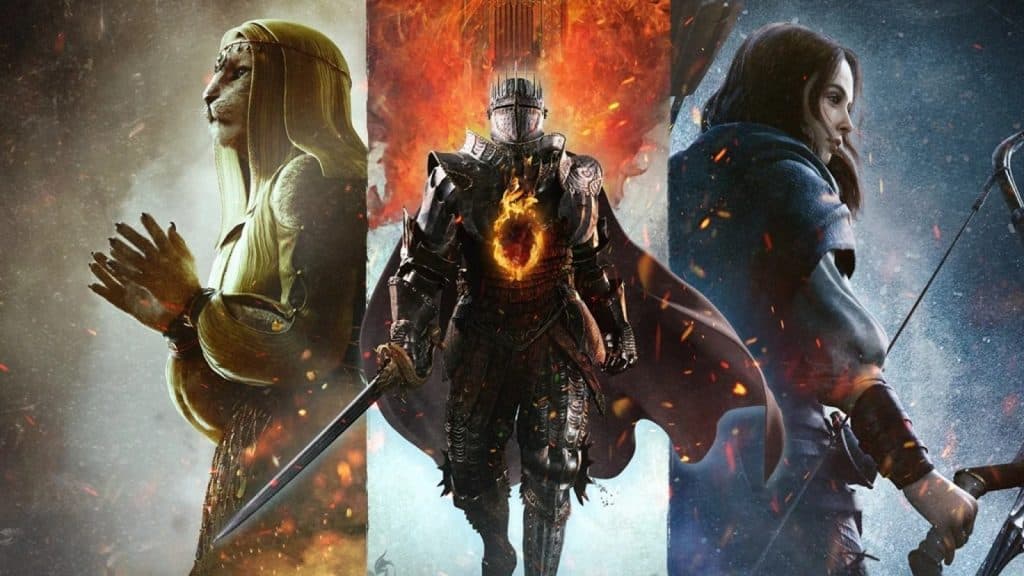 Capcom
CapcomThis leaves consoles in a difficult spot, games can still target 4K, and take a mild performance hit to around 30 FPS, or they can lower their internal resolutions and offer less-taxing graphics to potentially hit a solid 60 FPS. The issue arises when these choices are not given to players. In Capcom’s case with Dragon’s Dogma 2, targeting a lower resolution might offer better performance, but it’s difficult to nail down why the title is running as it is with limited information.
In IGN’s preview, we see a combat scenario dip to under 30 FPS when a “Gicel” spell is cast, which generates a large icicle, which breaks down. This breaks down into objects that can be used during combat, such as the Mystic Spearhand’s “Humble Offeringe” skill, which can pick up the objects left behind by Gicel and throw them at enemies, as shown in Remap’s preview of the title in the timestamped video below.
Smaller, breakable objects that are interactable and have physics applied to them are famously taxing on CPUs. Anyone who has tried to generate 1000 cheese wheels in Skyrim can attest to that fact. The same logic applies here. Even if you have a graphically taxing game that’s running well at lower resolutions, you won’t be able to escape enhanced CPU load in titles that demand that kind of processing power on the fly.
So, the solution to offering perfect 60 FPS performance gets even murkier. Unless fundamental parts of a game that demand that kind of load are wholesale turned off, consoles can’t magically dial down the game’s settings to suit performance demands from players.
It’s the same reason why The Legend of Zelda: Tears of the Kingdom is as impressive as it is. Despite being on a comparatively ancient Nintendo Switch, you can still interact with objects, generate them, and have them seamlessly interact with other systems. It is a technological feat. Dragon’s Dogma 2 essentially offers similar systems and interactions with its physics, which could be scaled up due to the size of its areas and the density of objects.
As ever, these factors vary differently depending on the game’s demands, structure, engine, and more. Even Marvel’s Spider-Man 2 runs at 30 FPS in fidelity mode on PS5, and that’s a recently-released first-party game that also has cross-generation support, with its own PS4 SKU.
We’re rapidly approaching current-gen upgrades
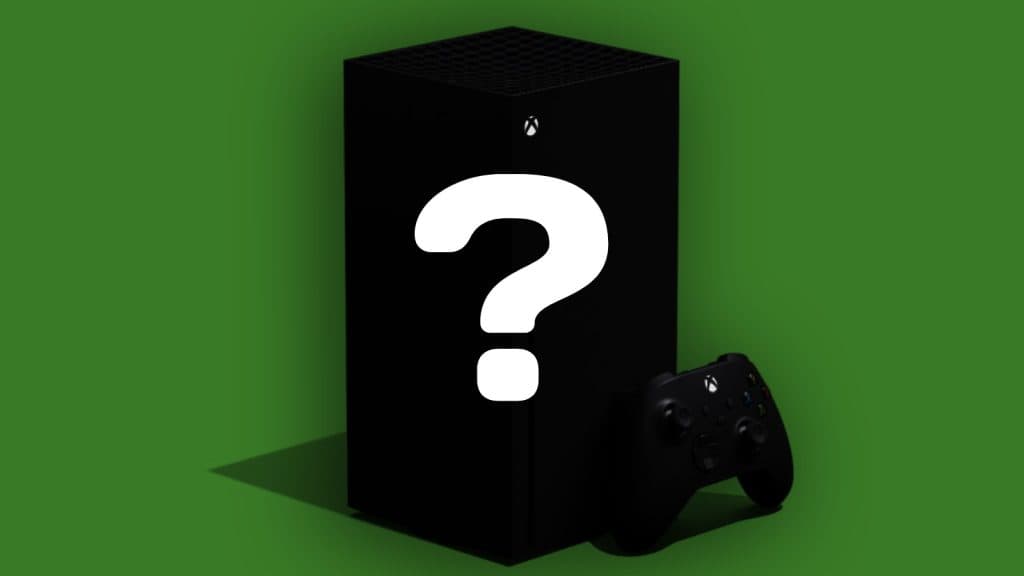 Dexerto
DexertoIf gamers want, and expect a solid 60 FPS with the best visuals possible out of cutting-edge games, then you’re going to have to shell out for cutting-edge power. Current consoles are not terrible by any stretch of the imagination, but the leaps in performance happening over the last several years mean that if you want the best visual fidelity, processing power, and performance, you’re going to have to shell out for it.
Developers should still offer players some ways of attaining the best performance possible on their system if they choose to sell a game on that platform. However, with AAA demands getting higher, this might simply not be possible on a current-gen console.
On PC, this is pretty much a question of how much money you want to fork out for performance, and that comes at a premium. On the console side, we know that Microsoft is brewing its “largest technical leap you will have ever seen”, and on the PS5 front, rumors are ablaze with a PS5 Pro incoming, which might come kitted out with the latest AMD AI upscaling tech. to achieve those high resolutions, with framerates to match.
Almost four-year-old consoles have to deal with a moving goalpost. The increasing demands of AAA games, while offering high-resolution outputs. While developers should always strive to offer the best performance in titles by offering performance-focused modes, it’s not always possible. Sadly, the only option becomes to kit yourself out with cutting-edge tech, to match the cutting-edge game. If you don’t, you might just have to get used to titles running at 30 FPS.
